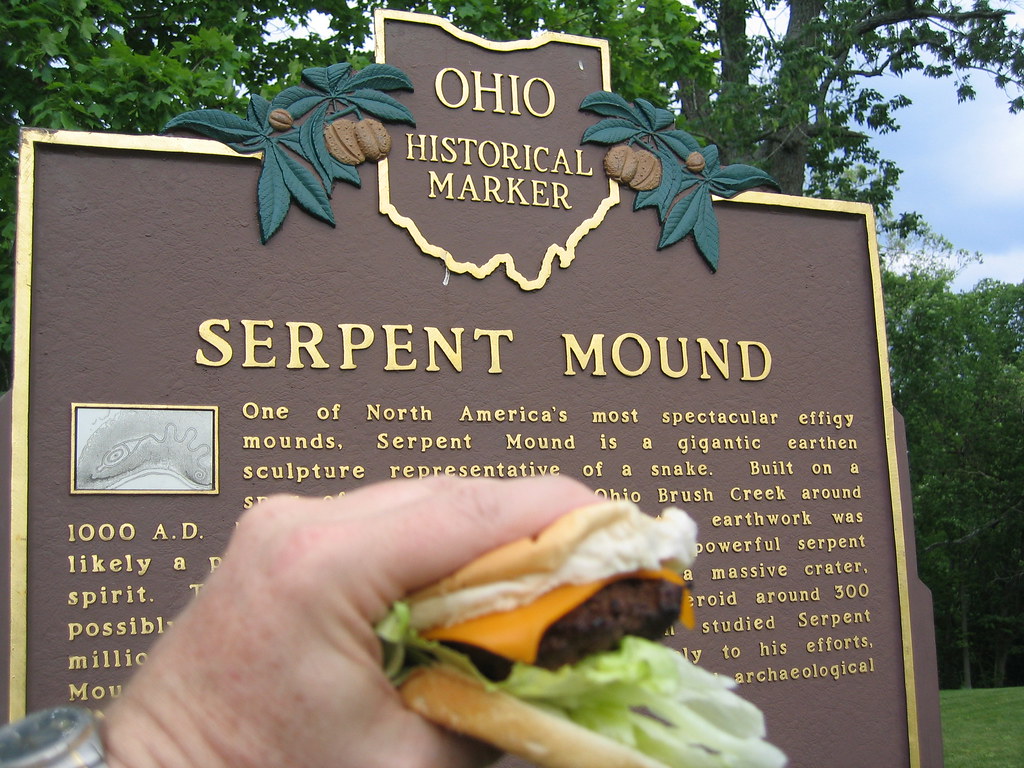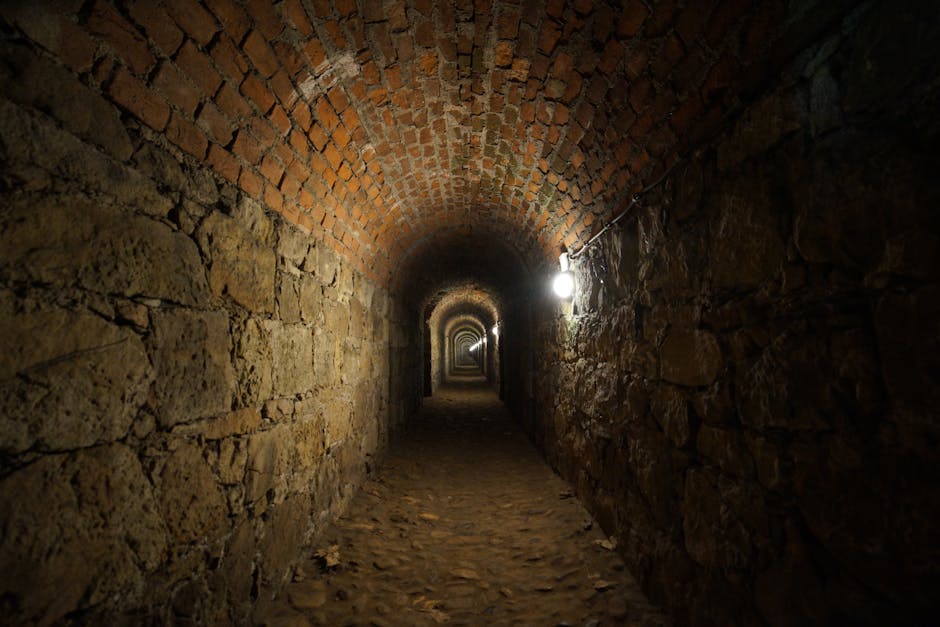The Poverty Point World Heritage Site: Louisiana’s Ancient Engineering Marvel

Deep in the Louisiana bayous lies one of North America’s most impressive pre-Columbian archaeological sites, yet most Americans have never heard of it. Poverty Point, designated as a UNESCO World Heritage Site in 2014, represents a 3,400-year-old civilization that engineered massive earthworks without metal tools or wheeled vehicles. The site features six concentric semicircular ridges spanning over 200 acres, with the largest mound rising 72 feet above the surrounding landscape. According to the National Park Service’s 2023 visitor statistics, Poverty Point receives only about 15,000 visitors annually, compared to the millions who flock to more famous sites like Mesa Verde. Archaeological evidence suggests this ancient community was a major trading hub, with artifacts discovered from as far away as the Great Lakes and the Gulf of Mexico, proving these early Americans had sophisticated trade networks that rivaled medieval European cities.
Fort Jefferson: The Fortress That Never Fired a Shot
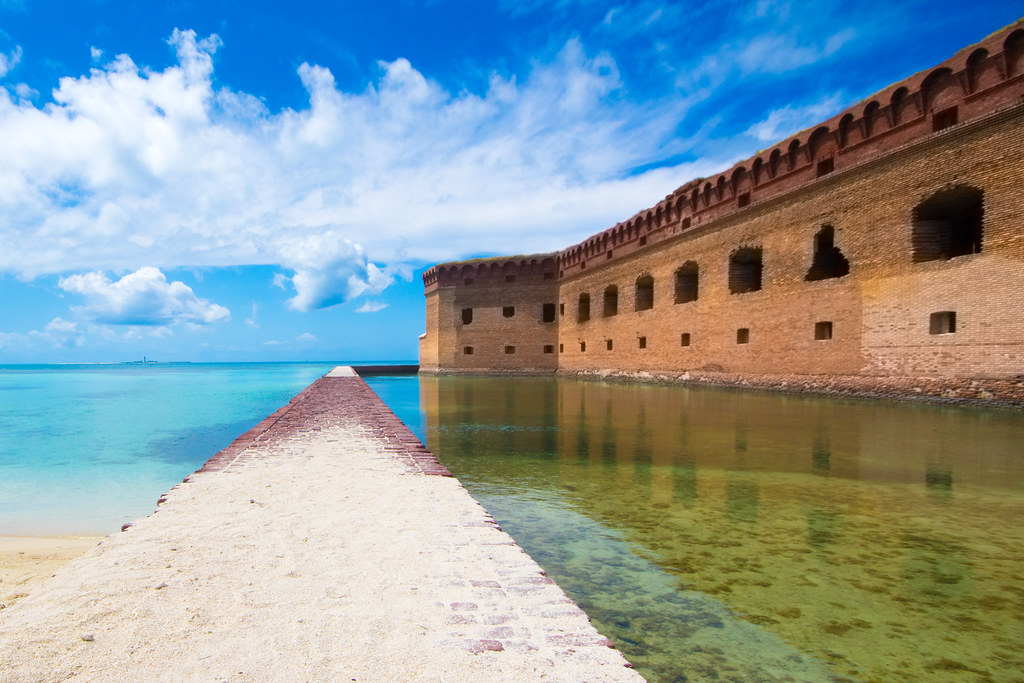
Seventy miles west of Key West sits America’s largest 19th-century fortress, a hexagonal marvel that took 30 years to build and was never completed. Fort Jefferson, constructed between 1846 and 1875, was designed to control shipping lanes in the Gulf of Mexico and protect American interests in the Caribbean. The fortress contains over 16 million bricks, making it one of the largest masonry structures in the Western Hemisphere, yet its isolation in Dry Tortugas National Park means it sees fewer than 65,000 visitors per year according to 2024 park data. The fort’s most famous resident was Dr. Samuel Mudd, who treated John Wilkes Booth’s broken leg after Lincoln’s assassination and was imprisoned here until 1869. Recent archaeological surveys conducted in 2023 revealed previously unknown chambers and tunnels beneath the fort, suggesting its defensive capabilities were even more extensive than originally documented.
Cahokia Mounds: America’s Forgotten Metropolis
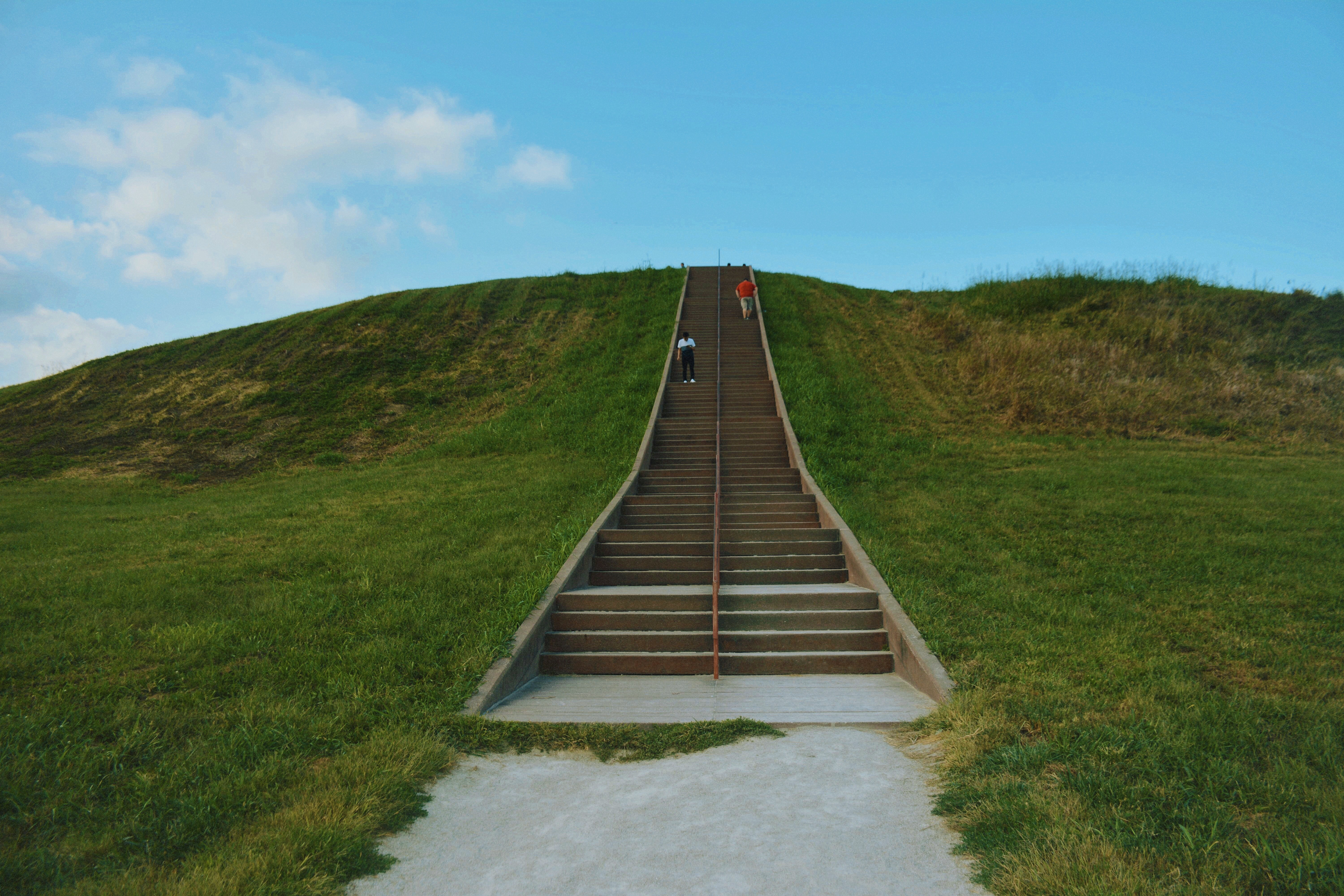
Before European contact, the largest city north of Mexico wasn’t New York or Philadelphia—it was Cahokia, located near present-day St. Louis, Missouri. At its peak around 1050 CE, this Mississippian civilization supported a population of 10,000 to 20,000 people, making it larger than London at the time. The site’s centerpiece, Monks Mound, covers 14 acres at its base and stands 100 feet tall, larger than the base of the Great Pyramid of Giza. Despite being designated a UNESCO World Heritage Site in 1982, Cahokia receives only about 250,000 visitors annually, according to Illinois Historic Preservation Agency data from 2024. Recent LiDAR surveys completed in 2023 have revealed additional mounds and structures previously hidden by vegetation, suggesting the city was even more extensive than archaeologists originally believed, with sophisticated urban planning that included residential districts, ceremonial plazas, and defensive palisades.
The Shelburne Farms: Vermont’s Agricultural Palace
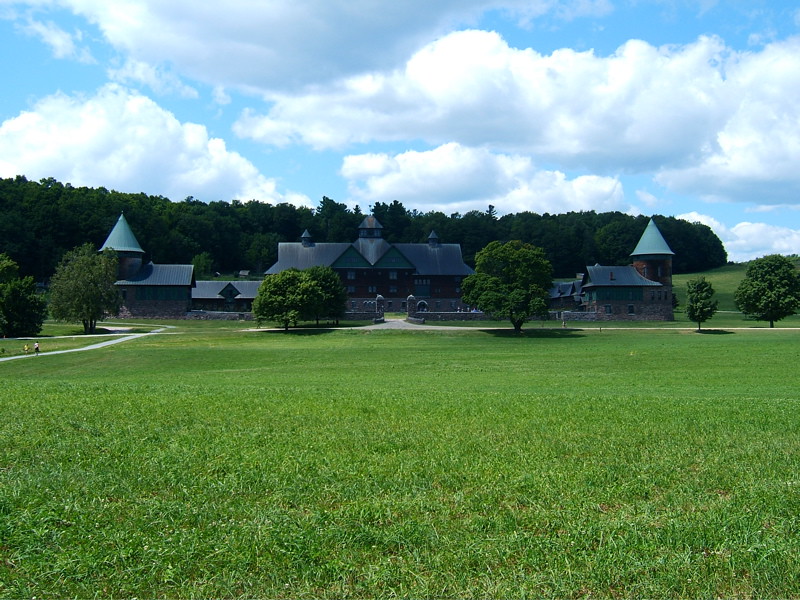
In the rolling hills of Vermont stands one of America’s most ambitious agricultural experiments, a 1,400-acre estate that redefined farming in the Gilded Age. Shelburne Farms, created by railroad magnate William Seward Webb and his wife Lila Vanderbilt Webb in 1886, was designed as a model agricultural community featuring innovative farming techniques and breathtaking architecture. The estate’s Farm Barn, completed in 1890, measures 416 feet long and was once considered the largest barn in the world, capable of housing 300 dairy cows and storing hay for an entire year. According to the Vermont Division of Historic Preservation’s 2024 report, fewer than 120,000 people visit this National Historic Landmark annually, despite its revolutionary contributions to American agriculture. The estate pioneered scientific farming methods, including crop rotation and selective breeding programs that influenced agricultural practices across the nation, while its landscape design by Frederick Law Olmsted created a harmony between farming and natural beauty that continues to inspire sustainable agriculture today.
Serpent Mound: Ohio’s Mysterious Ancient Earthwork
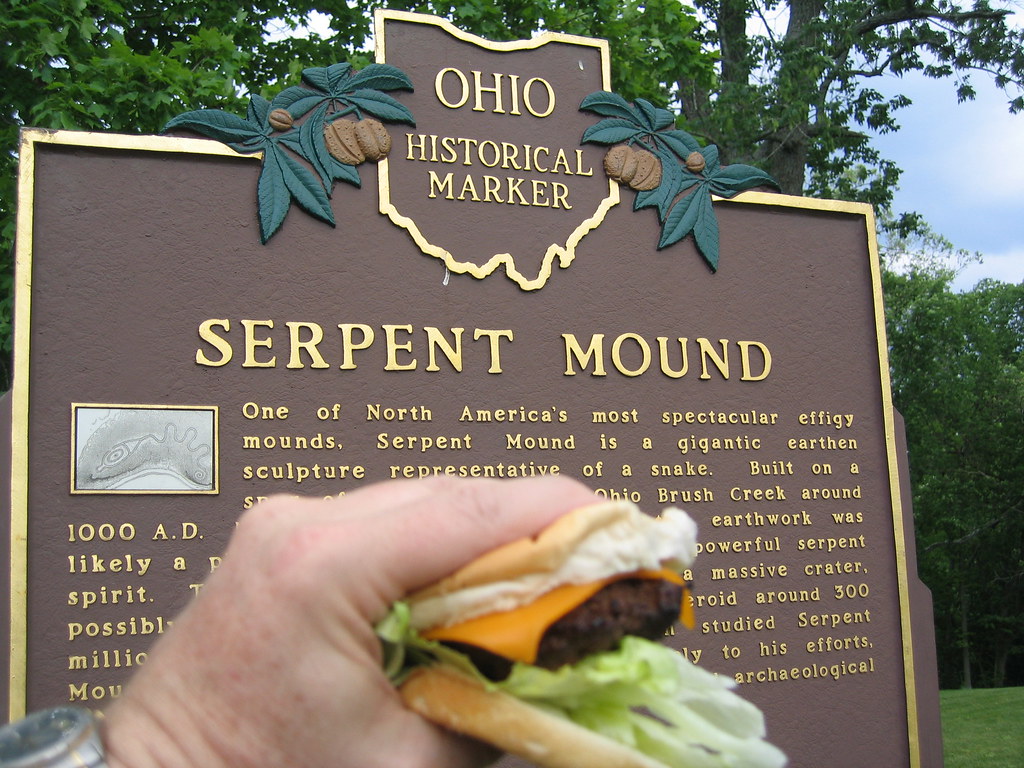
Stretching 1,348 feet across a hillside in southern Ohio, the Great Serpent Mound represents one of the world’s most enigmatic ancient earthworks. This massive effigy mound, shaped like an undulating serpent with its mouth open around an oval structure, was built by the Adena culture between 800 BCE and 100 CE. The mound’s precise astronomical alignments, discovered through recent studies conducted by the Ohio History Connection in 2023, suggest its builders possessed sophisticated knowledge of celestial movements and seasonal cycles. Despite being designated a National Historic Landmark in 1967, the site receives only about 50,000 visitors per year, according to Ohio State Parks data from 2024. The serpent’s head points toward the summer solstice sunset, while its coils align with lunar events, leading archaeologists to theorize that this earthwork served as both a ceremonial site and an ancient calendar, demonstrating that North America’s indigenous peoples possessed complex astronomical knowledge centuries before European contact.
Angel Mounds: Indiana’s Mississippian Trading Center
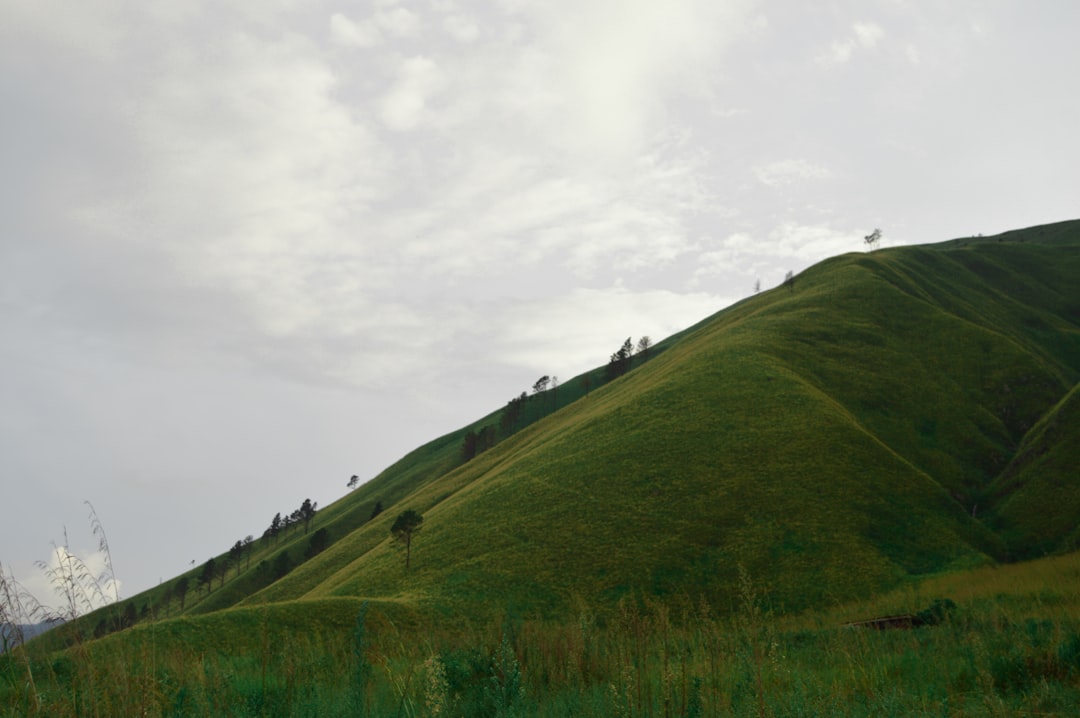
Along the Ohio River in southern Indiana lies the remnants of Angel Mounds, a thriving Mississippian town that flourished between 1050 and 1450 CE. This 103-acre site once supported a population of over 1,000 people and served as a major trading post connecting the Great Lakes region with the Gulf of Mexico. The settlement featured 11 earthen mounds, including a central plaza surrounded by residential areas, craft workshops, and ceremonial structures that demonstrate sophisticated urban planning. According to the Indiana State Museum’s 2024 archaeological report, recent excavations have uncovered evidence of copper working, shell carving, and pottery production that rivals contemporary European craftsmanship. The site’s largest mound, standing 44 feet high, served as the foundation for the chief’s residence and offered commanding views of the Ohio River valley, yet this significant archaeological site receives fewer than 25,000 visitors annually, making it one of America’s most underappreciated prehistoric landmarks.
Casa Grande Ruins: Arizona’s Ancient Skyscraper
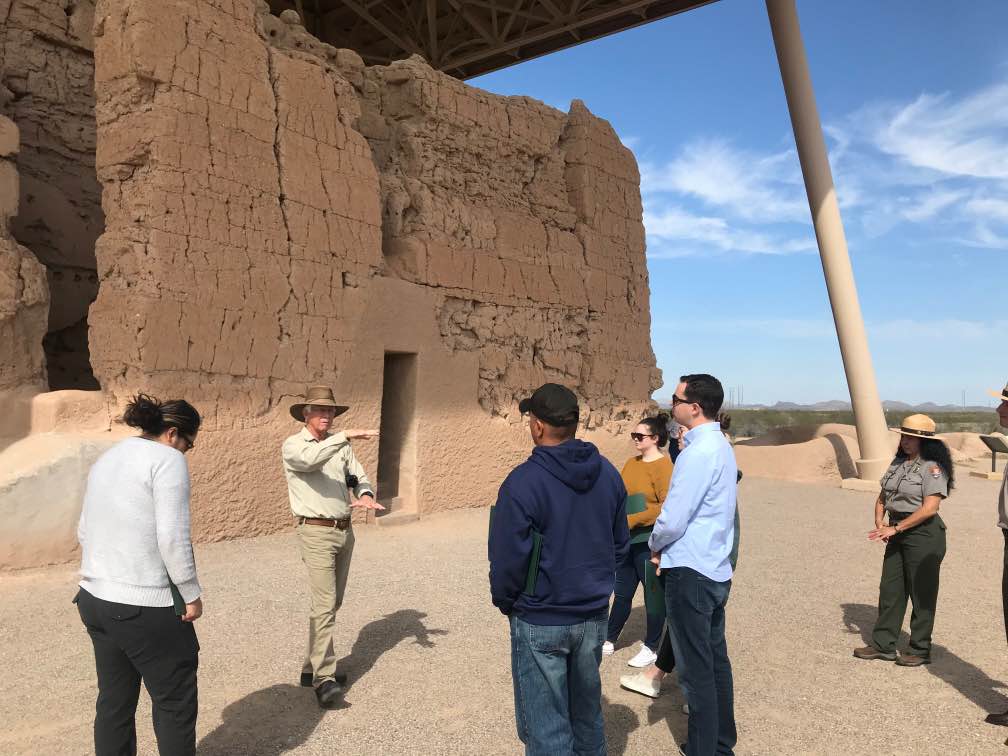
Rising from the Sonoran Desert like a prehistoric skyscraper, the Casa Grande Ruins represent one of the most mysterious structures built by ancient Americans. Constructed by the Hohokam people around 1350 CE, this four-story building stands 35 feet tall and features walls up to four feet thick, built without mortar using a technique called coursed adobe. The structure’s purpose remains debated among archaeologists, with theories ranging from an astronomical observatory to a ceremonial center, though recent studies by Arizona State University in 2023 suggest it may have served multiple functions. Despite being America’s first archaeological preserve, established in 1892, Casa Grande Ruins National Monument receives only about 65,000 visitors annually according to National Park Service statistics from 2024. The building’s precise construction, with walls that have withstood centuries of desert weather, demonstrates the Hohokam people’s advanced engineering skills and their ability to create permanent structures in one of North America’s most challenging environments.
Effigy Mounds: Iowa’s Sacred Animal Sculptures
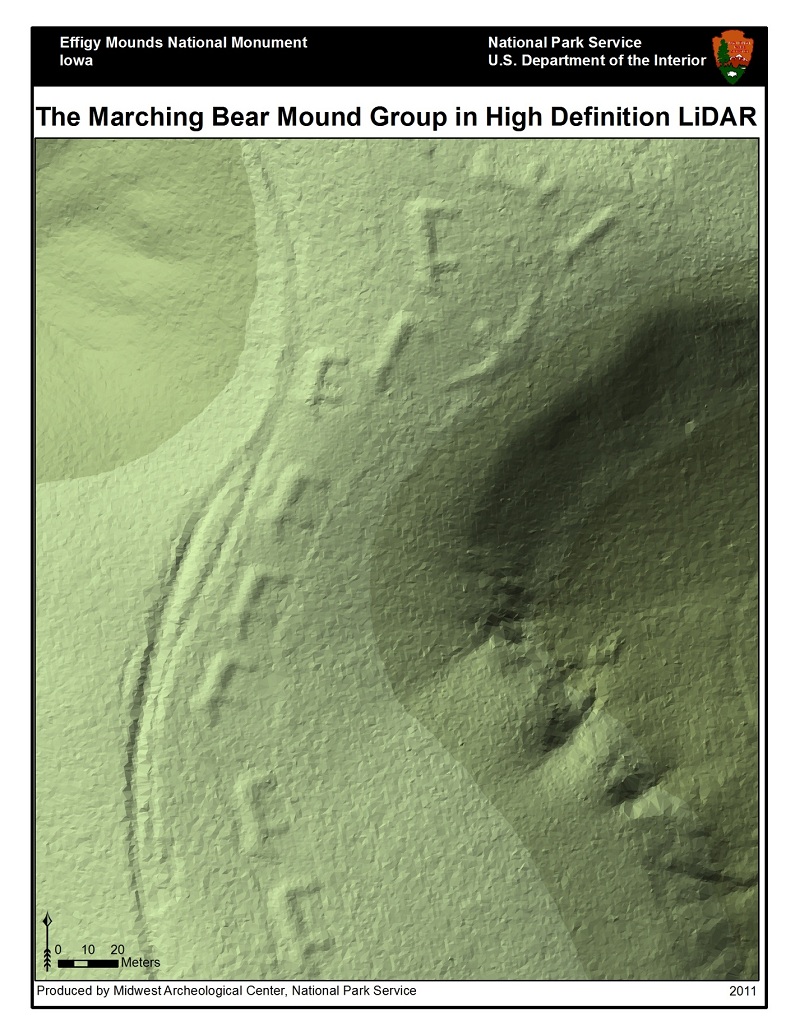
Along the bluffs of the Mississippi River in northeastern Iowa, ancient peoples created one of North America’s most unique archaeological treasures—earthen sculptures shaped like animals. Effigy Mounds National Monument preserves 206 prehistoric mounds, including 31 effigy mounds shaped like bears, birds, and other creatures, built by Woodland peoples between 650 and 1300 CE. The largest bear effigy stretches 137 feet from nose to tail and stands as a testament to the spiritual beliefs and artistic vision of its creators. According to National Park Service data from 2024, the monument receives approximately 85,000 visitors per year, far fewer than more famous historical sites despite its designation as a National Monument in 1949. Recent ground-penetrating radar surveys conducted in 2023 have revealed additional mounds hidden beneath the prairie grass, suggesting the site was even more extensive than previously known, with some mounds serving as burial sites while others appear to have been used for ceremonial purposes, creating a sacred landscape that connected the living with the spiritual world.
Hopewell Ceremonial Earthworks: Ohio’s Ancient Astronomical Complex
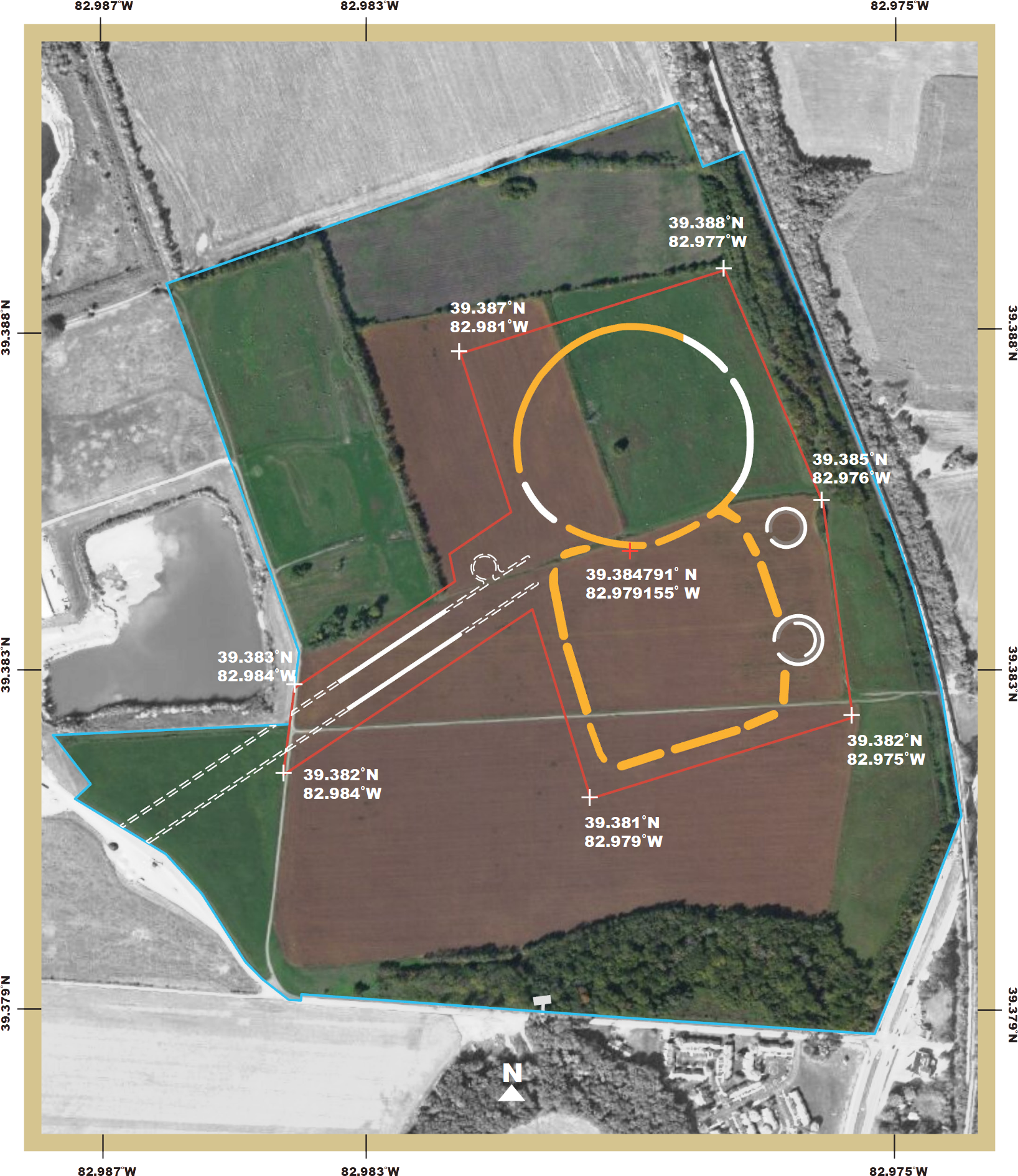
Scattered across south-central Ohio, the Hopewell Ceremonial Earthworks represent one of the most sophisticated astronomical complexes created by ancient Americans. Built by the Hopewell culture between 100 BCE and 500 CE, these geometric earthworks cover over 13 square miles and include circles, squares, and octagons with precise measurements that align with lunar and solar cycles. The Octagon Earthworks in Newark, Ohio, covers 50 acres and aligns with the 18.6-year lunar cycle with remarkable accuracy, demonstrating mathematical and astronomical knowledge that rivals ancient civilizations worldwide. Despite being designated a UNESCO World Heritage Site in 2023, these earthworks receive limited attention from tourists, with the Newark Earthworks seeing only about 30,000 visitors annually according to Ohio History Connection data from 2024. Archaeological evidence suggests these sites were pilgrimage destinations where people from across eastern North America gathered for ceremonies, trade, and astronomical observations, creating a network of sacred sites that influenced indigenous cultures for centuries.
Bandelier National Monument: New Mexico’s Cliff City
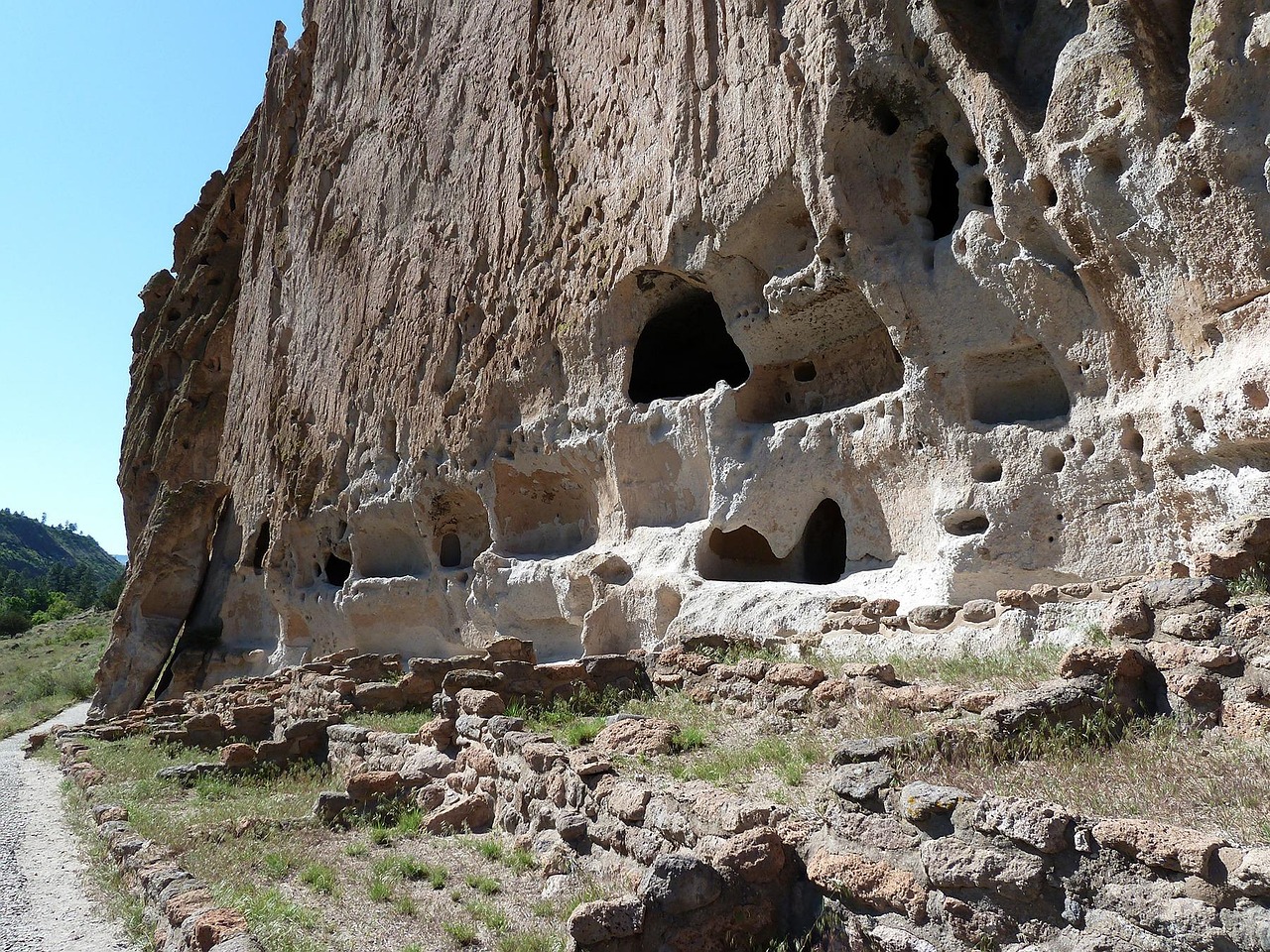
Hidden within the volcanic canyons of northern New Mexico, Bandelier National Monument preserves the remains of Ancestral Puebloan communities that thrived from 1150 to 1550 CE. The site features over 3,000 archaeological sites, including cliff dwellings carved directly into volcanic tuff and multi-story pueblo structures that housed hundreds of families. The monument’s Main Loop Trail leads visitors through Tyuonyi, a circular pueblo that once stood three stories high and contained over 400 rooms, demonstrating sophisticated architectural planning and community organization. According to National Park Service statistics from 2024, Bandelier receives about 180,000 visitors annually, significantly fewer than nearby Santa Fe attractions despite its archaeological significance. Recent studies by the University of New Mexico in 2023 have revealed that the site’s inhabitants developed innovative water management systems, including check dams and terraced gardens that allowed them to thrive in the high desert environment, while their artistic achievements, including petroglyphs and painted pottery, showcase a rich cultural tradition that influenced Southwestern art for generations.
Moundville: Alabama’s Ancient Ceremonial Capital
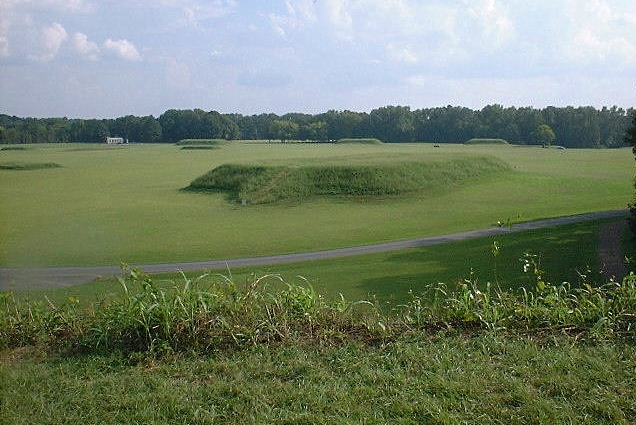
Along the banks of Alabama’s Black Warrior River stands Moundville, once the political and religious center of a powerful Mississippian chiefdom that dominated the Southeast from 1050 to 1450 CE. This 185-acre site features 29 flat-topped earthen mounds arranged around a central plaza, with the largest pyramid rising 57 feet and covering six acres at its base. The site’s sophisticated layout reflects complex social hierarchies and religious beliefs, with mound placement corresponding to cosmological concepts and seasonal ceremonies. According to the University of Alabama’s 2024 archaeological report, Moundville supported a population of over 1,000 residents within the palisaded town, with thousands more living in surrounding villages, making it one of the largest prehistoric settlements in North America. The site’s museum houses over one million artifacts, including elaborate ceremonial objects and copper plates that demonstrate the artistic achievements of Mississippian culture, yet this National Historic Landmark receives only about 40,000 visitors per year, making it one of the most underappreciated archaeological sites in the American South.
Spiro Mounds: Oklahoma’s Ancient Trade Empire
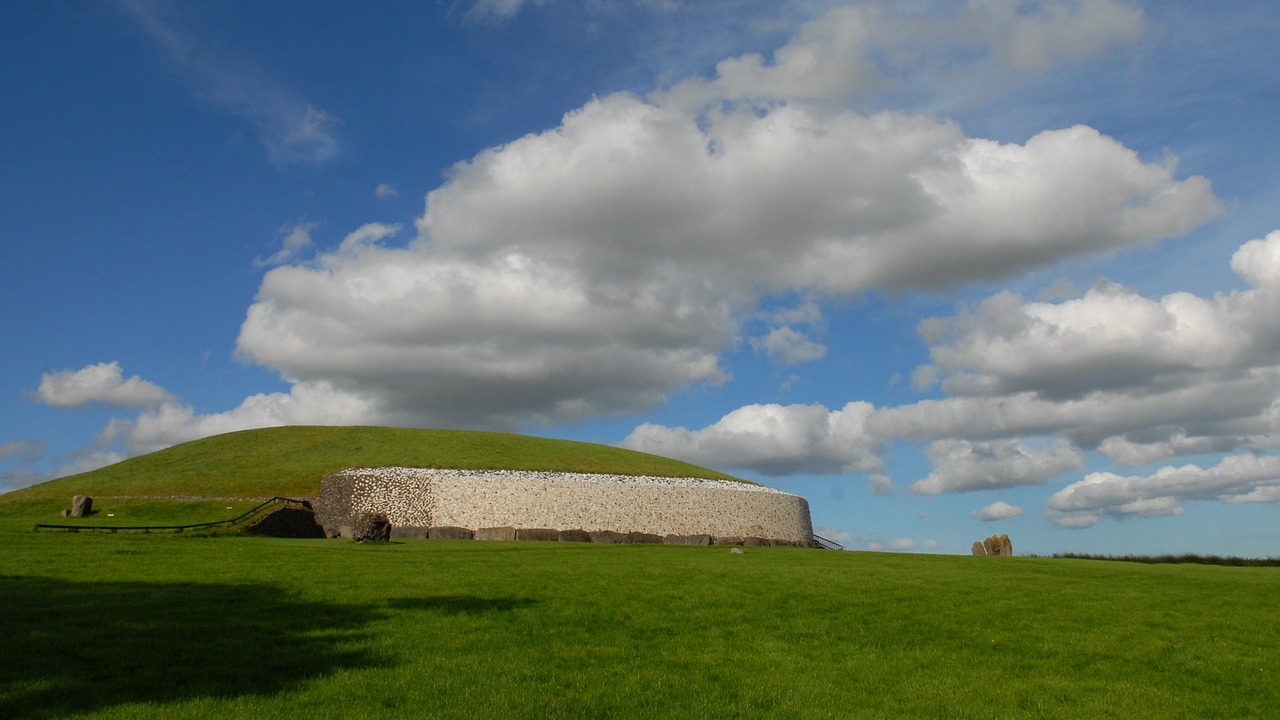
In eastern Oklahoma, the Spiro Mounds represent the westernmost major center of Mississippian culture and one of the most important archaeological sites in North America. Active from 850 to 1450 CE, Spiro served as a major trading hub connecting the Great Plains with the Southeast, facilitating the exchange of goods, ideas, and artistic styles across vast distances. The site’s 12 earthen mounds included residential areas, ceremonial structures, and elaborate burial chambers that contained some of the finest prehistoric art ever discovered in North America. According to the Oklahoma Archaeological Survey’s 2023 report, artifacts from Spiro include engraved conch shells, copper plates, and stone sculptures that demonstrate connections with cultures from the Great Lakes to the Gulf of Mexico. The site’s most famous discovery, the Craig Mound, contained hundreds of burials accompanied by thousands of artifacts, including intricate textiles and carved wooden objects that have provided unprecedented insights into Mississippian religious beliefs and social organization, yet this remarkable site receives fewer than 20,000 visitors annually despite its designation as a National Historic Landmark.
These overlooked landmarks represent just a fraction of America’s rich prehistoric and historic heritage, each offering unique insights into the diverse cultures that shaped the continent long before European arrival. From ancient astronomical observatories to sophisticated urban centers, these sites demonstrate that North America’s indigenous peoples created complex civilizations that rivaled those found anywhere in the world, deserving recognition alongside more famous historical destinations.

